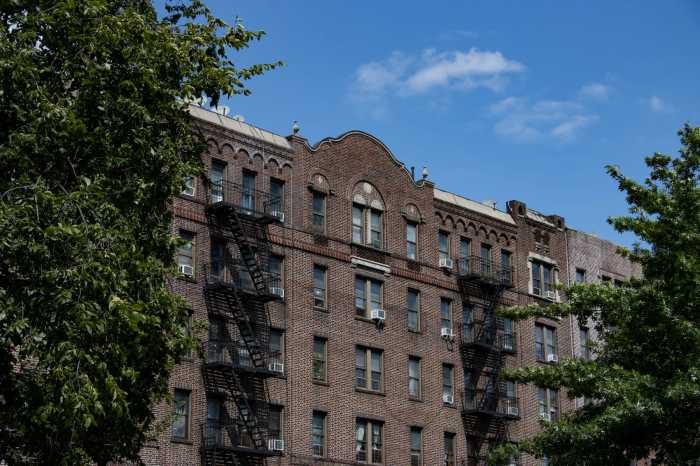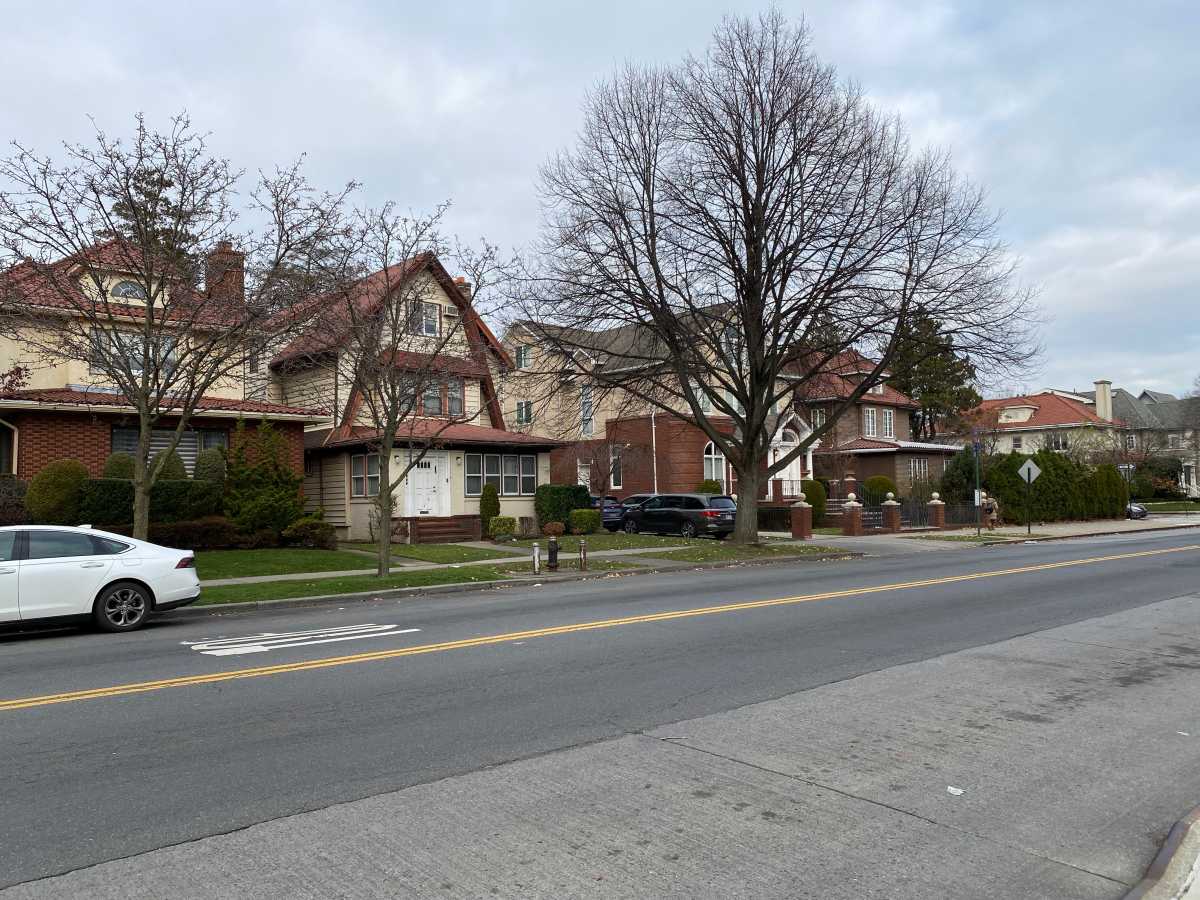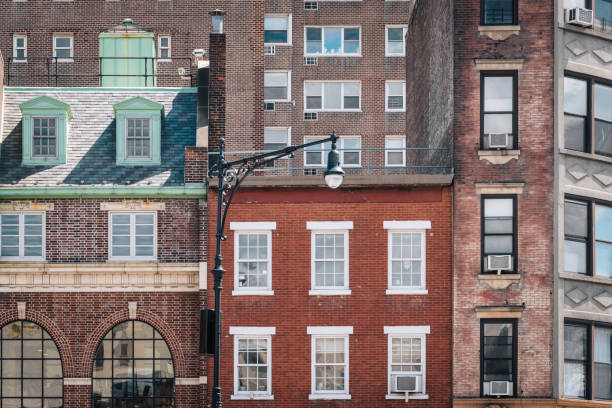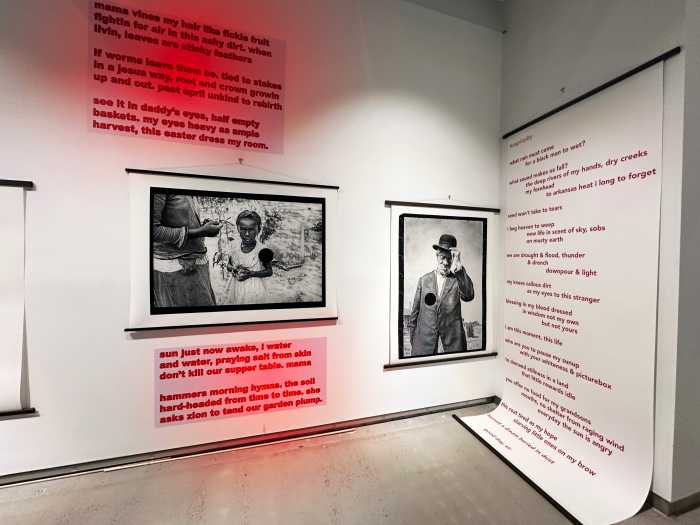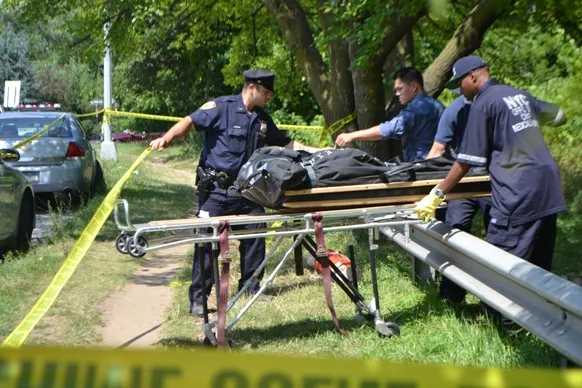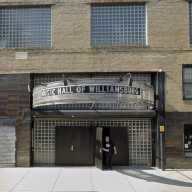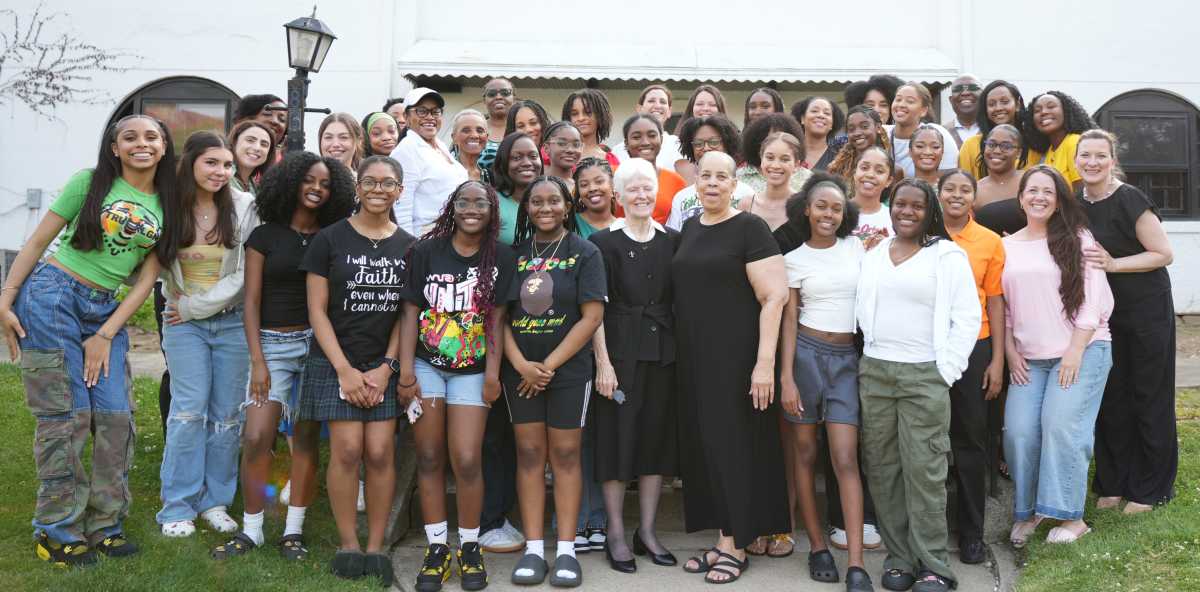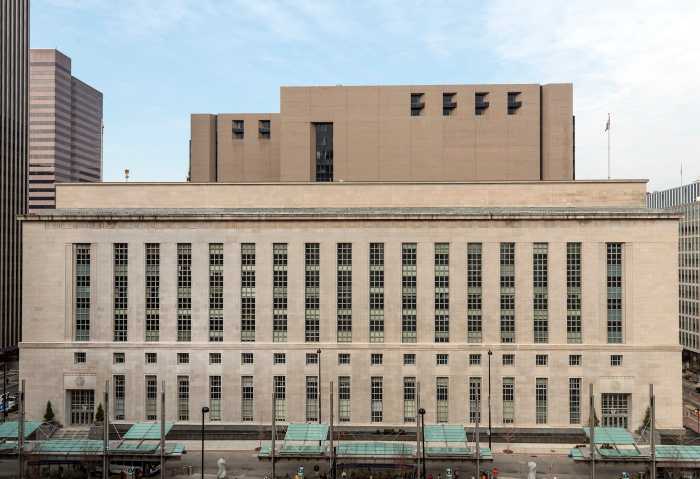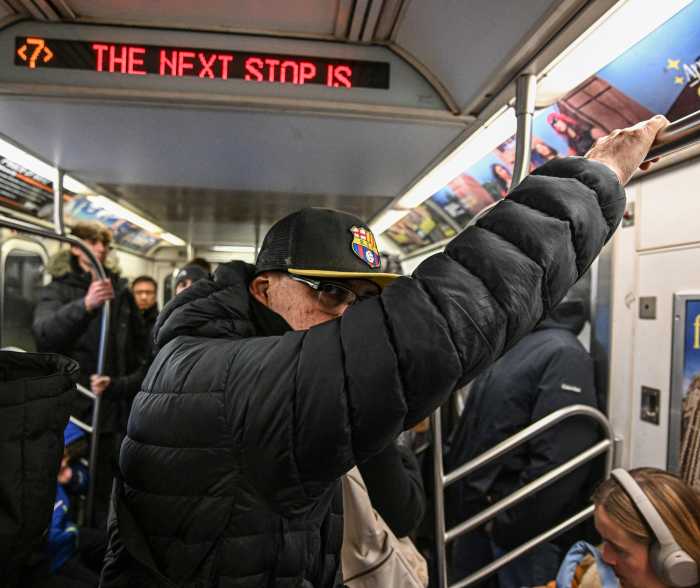The future
of New York City’s economy depends on Brooklyn, Deputy Mayor Daniel
Doctoroff said this week.
At the first-ever joint annual meeting of the Metrotech Business Improvement
District (BID) and Fulton Mall Improvement Association (FMIA) Doctoroff,
the featured speaker, talked about the strides Brooklyn has made in attracting
interest from corporations and businesses, and how the borough will continue
to attract them.
The July 14 event was held in the sixth-floor offices of Macy’s department
store on the Fulton Mall, and for the first time signaled a meeting of
the minds between the mall-specific FMIA and the Metrotech BID, which
has been incorporated with FMIA in a service agreement since July 2003.
“Last week was the first-ever joint meeting of both organizations,”
said Kenneth Adams, president of the Brooklyn Chamber of Commerce. “This
represents a new level of coordination and cooperation that will provide
better services and improve business conditions in Downtown Brooklyn.”
Among the upcoming projects is a plan by FMIA and envisioned by the Thompson
Design Group to bring “dramatic street lights fitted with reflective
spinners” and other “incremental streetscape improvements”
to the pedestrian-heavy Fulton Mall.
The hope is to improve nighttime conditions and add safety and appeal
to the foot traffic of the mall after dark by featuring glowing back-lit
signs, vertical strips of multicolored neon lights along buildings, have
glowing rods protruding from the sidewalk to illuminate darker passages
and place metallic reflective spinners — like the kind one might
hang from a porch or stick in the garden — at intersections.
Doctoroff, the Bloomberg administration’s deputy mayor for Economic
Development and Rebuilding, was introduced by the city’s Commissioner
for Small Business Services, Robert Walsh, who lauded what Doctoroff has
done in encouraging and stimulating small businesses with the flourishing
creation of BIDs in Brooklyn and beyond.
“When I say this guy works hard, I mean, I can tell you,” said
Walsh, shaking his head admiringly.
“On a Sunday morning, he’s out there. In Bed-Stuy. Walking block
by block. Taking notes. It’s amazing,” Walsh said, placing special
emphasis on each sentence.
Doctoroff talked to the room of about 100 businesspersons, community leaders
and elected officials about the importance of Brooklyn in terms of preserving
the city’s industrial and manufacturing districts, and helping create
enclaves for new back-office space for large corporations.
“It’s dense in New York City,” he said, and pointed out
that with the exodus of jobs to New Jersey following Sept. 11, 2001, this
borough became even more important to the city as a whole.
Michael Weiss, executive director of both the Metrotech BID and FMIA,
asked about the impact of some large developments on the area’s smaller
businesses.
“I think people are concerned about balance in the face of new development,”
said Weiss. He mentioned developer Bruce Ratner’s Atlantic Yards
proposal as an example. That plan calls for the construction of a basketball
arena, three to four skyscrapers and 17 other residential high-rises emanating
from the intersection of Atlantic and Flatbush avenues
Doctoroff pointed to the city’s work in creating a new department
specifically geared toward retention of industrial jobs, and the value
of an agency like Small Business Services in helping existing businesses
thrive in an environment that may bring a draw of new customers or new
competition.
“Look at the outreach in everything we do,” Doctoroff said.
“The reality is, for a project of this size, we don’t know yet
what kind of impact it will have. This part of Downtown Brooklyn is crucial
to New York’s economy,” he said, and added that in the coming
years, both before and after something gets developed above the MTA rail
yards, Brooklyn would become a boon to businesses looking to move back
to the city.
Following his speech, Weiss and the FMIA’s co-chairs, Albert Laboz
and Joseph Sitt, as well as the BID’s president, Victoria Aviles,
all owners of Downtown businesses, presented him with an original lithograph
print of a shipping barge pulled up to a pier on the Brooklyn waterfront.
“An artist made this after he saw this incredible display of Brooklyn’s
docks at work,” said Weiss, presenting the print to the deputy mayor.
Smiling widely, Doctoroff posed for several pictures with the print, an
image that stood in stark contract to his plans for the working waterfront.
In an April interview with The Brooklyn Papers, Doctoroff said the city
has no plan to maintain shipping operations on the Red Hook waterfront,
which comprises piers 5 through 12, past 2007.
During a sit-down on April 26, Doctoroff said that he expected any remaining
industrial and shipping uses on the piers to move, if they survive at
all.
“In fact, we are moving a lot of activity south, to Sunset Park,”
he said.


